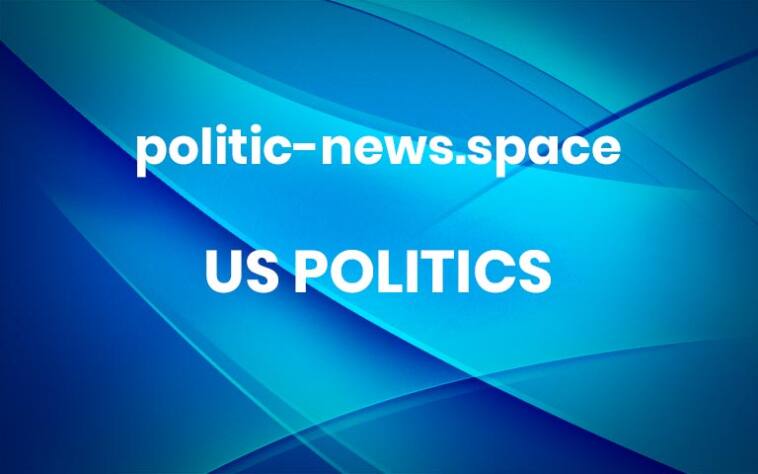Abortion may no longer be a top priority for Democratic voters ahead of 2026 midterms, polls show
Abortion was seen as one of Democrats’ strongest issues in the 2024 election – new polls indicate that may be shiftingUp to seven states will vote on abortion rights this year. But recent polling indicates that Democrats may not be able to count on the issue in their efforts to drive votes in the 2026 midterms, after making abortion rights the centerpiece of their pitch to voters in the elections that followed the fall of Roe v Wade.In 2024, 55% of Democrats said abortion was important to their vote, according to polling from the Public Religion Research Institute (PRRI). But in October of this year, just 36% of Democrats said the same. By contrast, abortion remained about as important to Republicans in both 2024 and 2025, PRRI found. PRRI’s findings mirror a September poll from the 19th and SurveyMonkey, which found that the voters who cared most about abortion are people who want to see it banned. Continue reading… More


